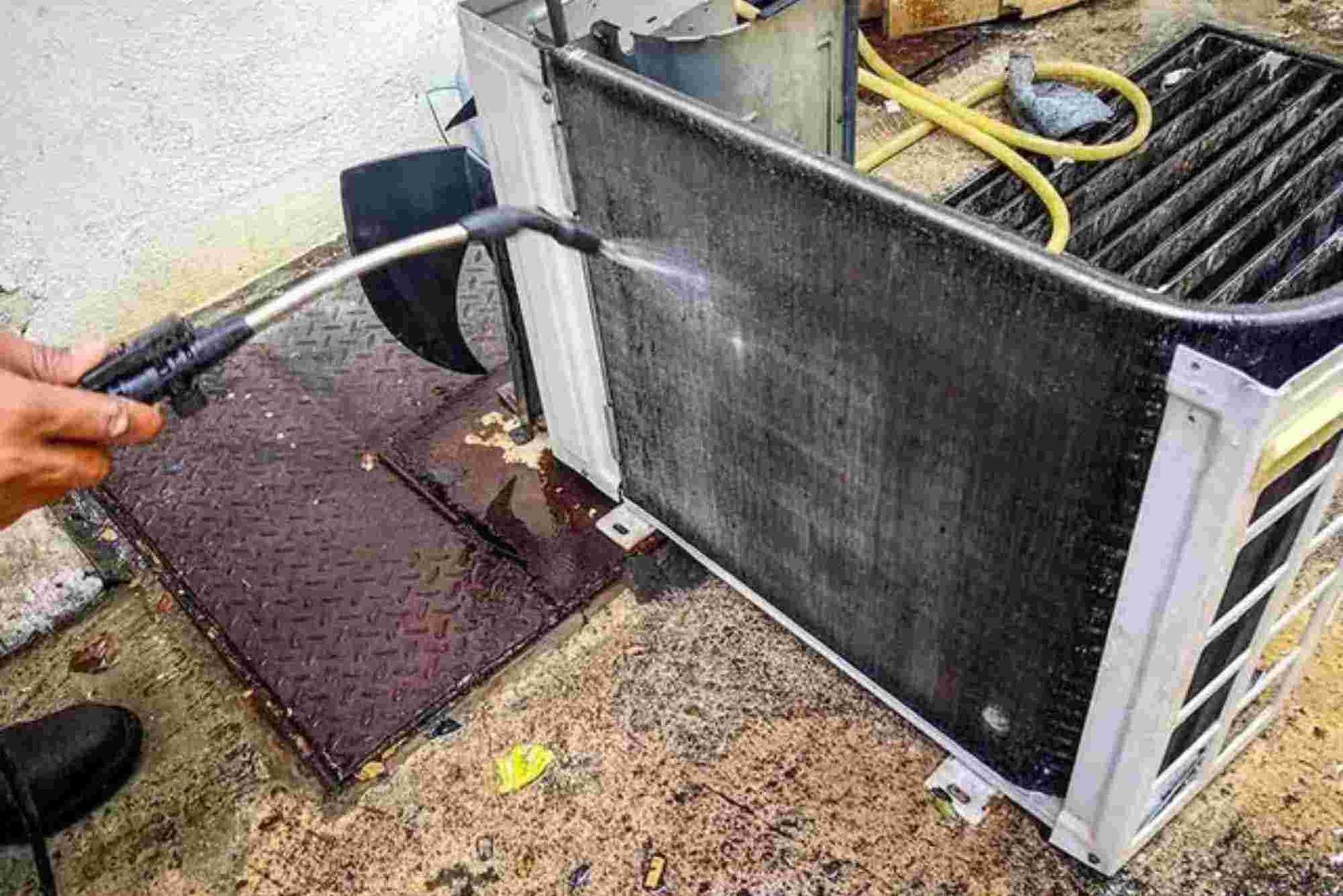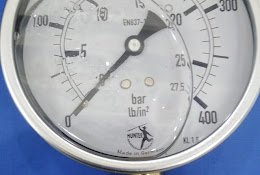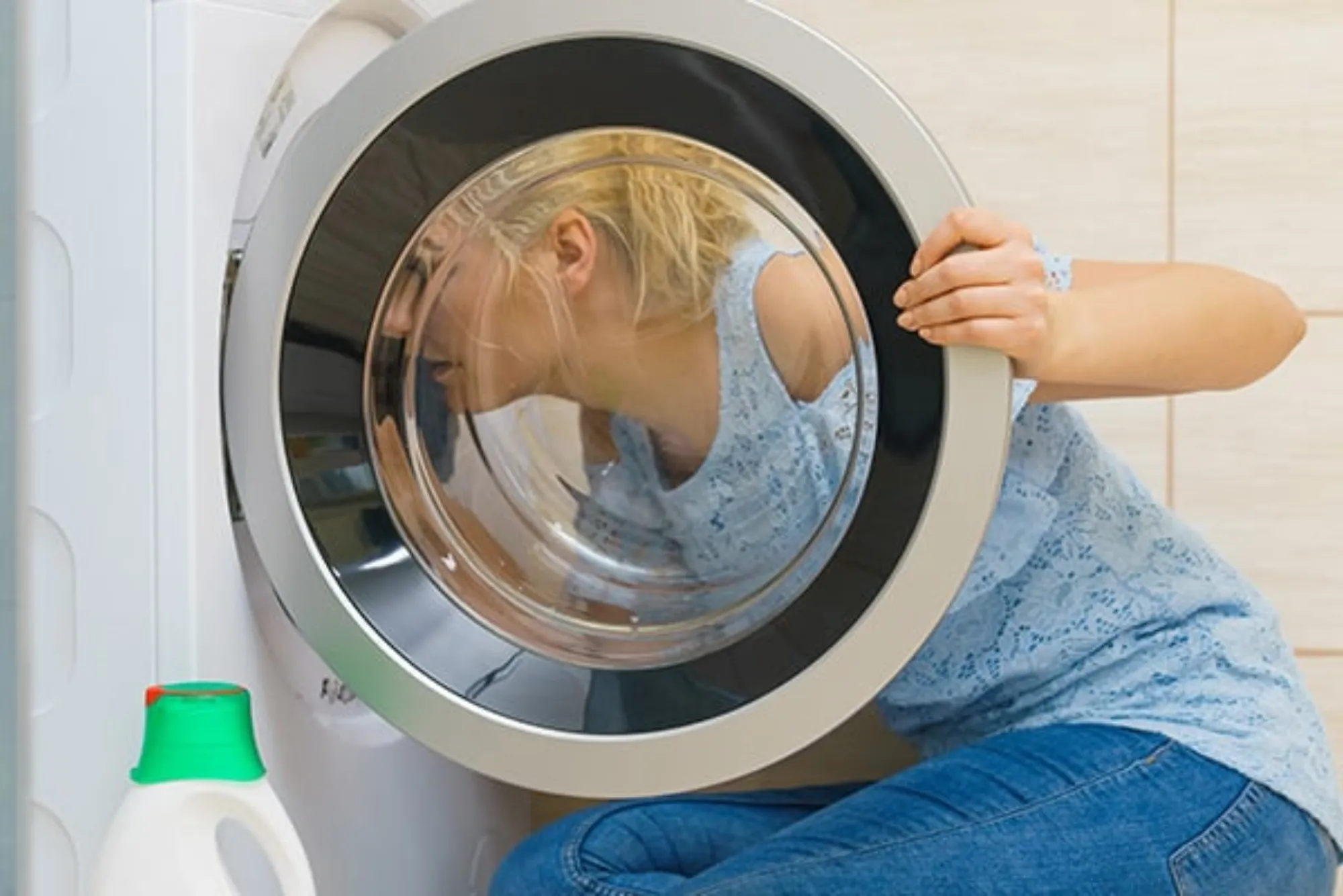Air conditioning and refrigeration systems are essential for maintaining comfort and preserving the quality of indoor environments. Whether at home, in an office, or in a commercial setting, these systems often run for long hours to provide consistent cooling. While most property owners focus on filters or visible maintenance, one critical component often gets overlooked: the coils.
The evaporator and condenser coils are the backbone of any cooling system, and when they become dirty, the consequences ripple through in the form of higher energy consumption, reduced system performance, and escalating utility bills.
Understanding how dirty coils directly affect energy bills allows homeowners and business operators to take preventive action. Coil maintenance is not just about keeping the unit clean; it is about optimizing efficiency, protecting the system’s lifespan, and reducing unnecessary costs.
Why Coils Matter in Cooling Systems
Cooling systems rely on two main coils: the evaporator coil, which absorbs heat from the indoor air, and the condenser coil, which releases that heat outside. Together, they create the cycle that allows air conditioning units and refrigerators to function effectively. When coils are clean, heat transfer occurs smoothly, the system requires less effort to maintain set temperatures, and energy consumption remains stable.
However, as the system operates, dirt, dust, and grime accumulate on coil surfaces. In humid climates, the buildup can even include biological contaminants such as mold. This layer of debris acts as insulation, obstructing heat transfer. The system then has to run longer and harder to achieve the desired cooling effect, which directly translates to higher energy bills.
How Dirty Coils Increase Energy Bills
When coils are dirty, the entire cooling process becomes inefficient. A thin layer of dirt might not seem significant, but even a small obstruction reduces the coil’s ability to absorb or release heat. Studies conducted by energy organizations show that dirty coils can increase energy consumption by up to 30%.
To put it into perspective, imagine an air conditioning unit designed to cool a space in ten minutes. With clean coils, the cycle completes efficiently. With dirty coils, the same system may take fifteen minutes or longer to reach the same temperature. That additional runtime multiplies over days and weeks, creating a noticeable spike in energy bills.
Another contributing factor is strain on the compressor. Because the coils are not effectively transferring heat, the compressor must operate for longer durations. Since the compressor is one of the most power-hungry components of an HVAC system, this additional runtime drastically inflates energy usage.
The Financial Burden of Neglecting Coil Cleaning
The impact of ac installation extends beyond higher monthly utility bills. Prolonged strain on the system increases the risk of breakdowns, leading to costly repairs or premature system replacements. Compressors in particular face heavy stress when coils are dirty, and replacing a failed compressor is one of the most expensive repairs in air conditioning systems.
Commercial businesses, such as supermarkets, hotels, or office complexes, feel this burden even more acutely. For them, higher energy bills do not just mean a larger monthly expense—it directly impacts profitability. Furthermore, poor cooling performance can affect customer satisfaction, employee comfort, and even the safe storage of perishable goods.
Comfort and Efficiency: The Hidden Costs
Higher energy bills are not the only issue caused by dirty coils. When coils are clogged with dirt, the system struggles to maintain consistent indoor temperatures. Occupants may experience uneven cooling, hot spots, or excessive humidity indoors. To compensate, users often lower the thermostat further, thinking the system is underperforming. This creates a vicious cycle: the unit works even harder, consuming more electricity, and bills continue to climb.
Dirty coils also compromise indoor air quality. Dust and microbial growth can circulate through the air, creating health concerns for occupants. For sensitive individuals, this can lead to respiratory problems or allergic reactions. Thus, ignoring coil maintenance not only drains finances but also affects comfort and well-being.
Seasonal Impact on Energy Consumption
The effect of dirty coils is most evident during peak seasons, such as summer, when air conditioners work continuously. Energy bills typically rise during these months, and with dirty coils, the increase becomes even more dramatic. In a hot climate, where cooling can account for nearly half of household energy consumption, the difference between clean and dirty coils can mean hundreds of dollars in additional costs over a season.
For businesses operating refrigeration units, the stakes are even higher. Dirty condenser coils make refrigeration less efficient, which can result in spoiled products and unnecessary losses alongside increased electricity bills.
The Role of Preventive Maintenance
Preventive maintenance is the key to controlling the hidden costs of dirty coils. Regular coil cleaning ensures that the system operates at maximum efficiency, reducing energy consumption and prolonging equipment lifespan. Professional HVAC technicians use specialized cleaning methods, such as chemical solutions and pressure washing, to remove debris without damaging delicate coil surfaces.
For residential systems, annual maintenance is generally sufficient, though in dusty or humid environments, semi-annual cleaning may be necessary. Commercial systems, due to heavier usage, often require more frequent attention. By keeping coils clean, property owners can reduce energy bills, avoid expensive repairs, and ensure comfort throughout the year.
Environmental Consequences of Dirty Coils
Beyond financial costs, hafixer home appliances repair dubai also carry environmental implications. Increased energy consumption means higher carbon emissions, especially in regions where electricity is generated from fossil fuels. For businesses aiming to reduce their carbon footprint, neglected coil maintenance contradicts sustainability goals.
On a broader scale, millions of cooling systems operating inefficiently contribute significantly to overall energy demand. By ensuring coils are clean, property owners play a small but important role in conserving energy and protecting the environment.
Signs That Coils May Be Affecting Energy Bills
While many homeowners may not visually inspect coils, there are noticeable signs that suggest coil issues. Rising utility bills without an increase in usage is the most obvious indicator. Other signs include reduced cooling capacity, the system running continuously without reaching the thermostat setting, or unusual noises from the compressor. In some cases, the air conditioner may short-cycle, turning on and off frequently, which is another sign of strain caused by dirty coils.
Professional inspections are the most reliable way to confirm coil conditions. Technicians can measure system pressures, check refrigerant levels, and visually assess coil cleanliness during maintenance visits.
Long-Term Benefits of Coil Cleaning
The benefits of coil cleaning extend far beyond a single reduction in energy bills. Over the lifespan of a system, maintaining clean coils can save thousands of dollars. Clean coils reduce wear and tear on system components, extend compressor life, and minimize the likelihood of costly emergency repairs. Occupants also enjoy consistent comfort, better air quality, and peace of mind knowing the system is operating efficiently.
From a financial perspective, coil cleaning is one of the most cost-effective maintenance tasks. The small investment in routine cleaning is quickly offset by monthly energy savings, making it a smart choice for both homeowners and businesses.
A Small Step With Big Impact
Dirty coils may be hidden from view, but their impact on energy bills is unmistakable. When coils are neglected, energy consumption rises, system efficiency declines, and operating costs escalate. For homeowners, this means higher utility bills and discomfort indoors. For businesses, it translates to reduced profits and increased operational risks.
The solution is simple: regular coil maintenance. By ensuring that evaporator and condenser coils remain clean, property owners safeguard both their finances and their comfort. More importantly, they contribute to a more sustainable use of energy, reducing unnecessary consumption and environmental strain.
In the world of HVAC and refrigeration, small steps often yield the biggest benefits. Cleaning coils may seem like a minor task, but its effect on energy efficiency and utility costs is profound. Investing in professional maintenance today prevents unnecessary expenses tomorrow, ensuring that systems run smoothly, bills remain manageable, and comfort is never compromised.









